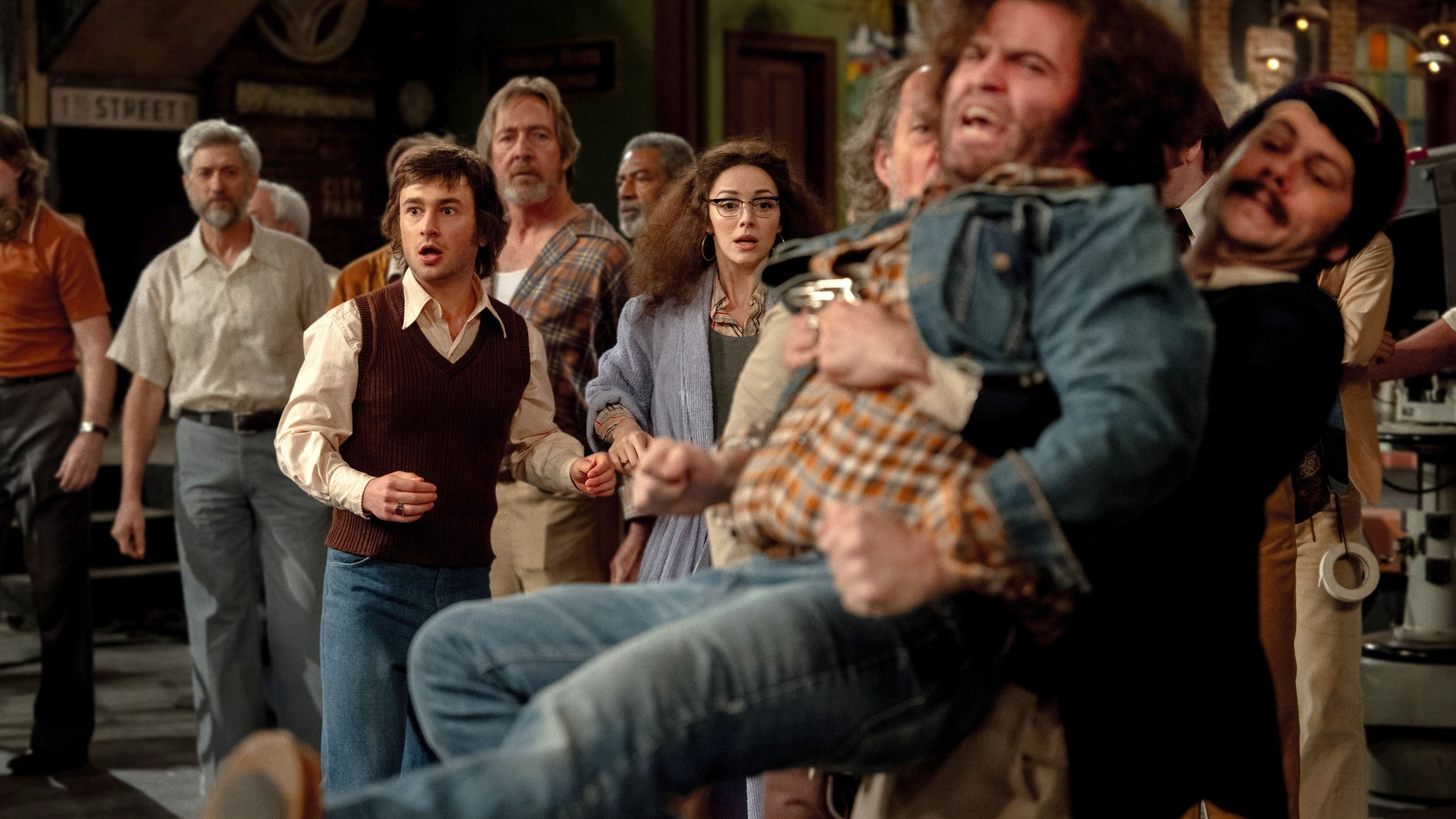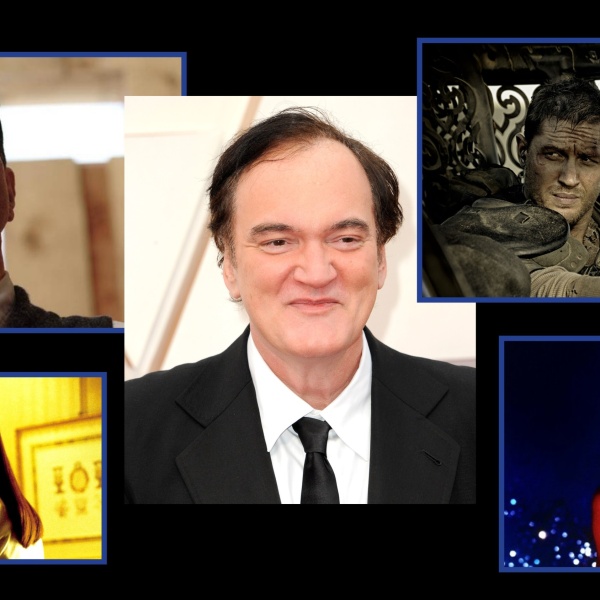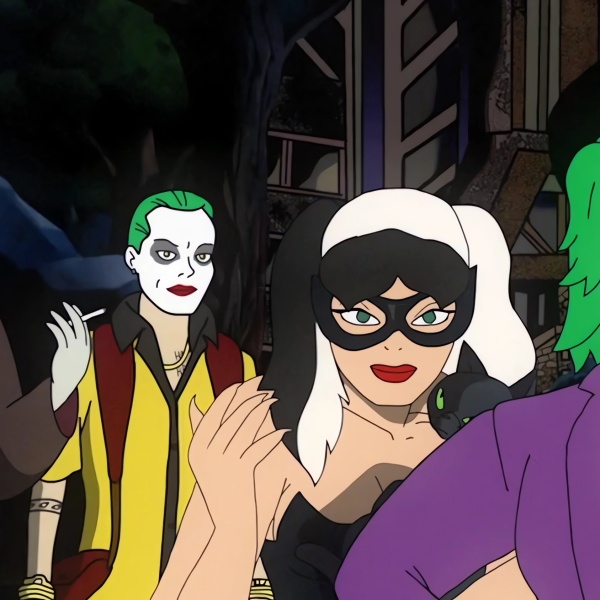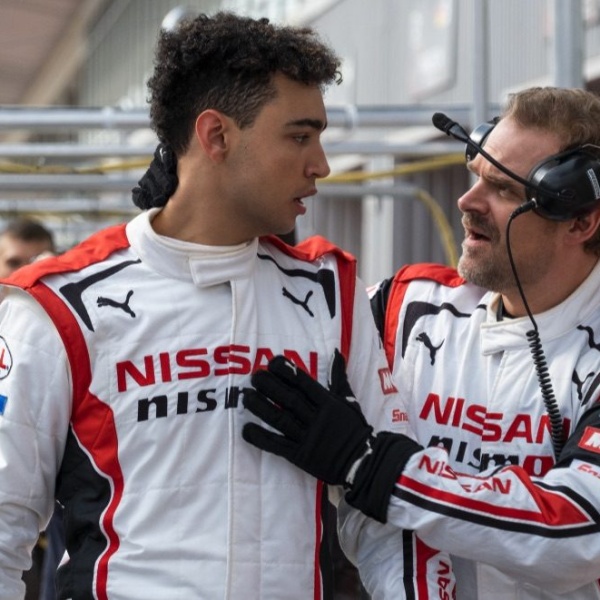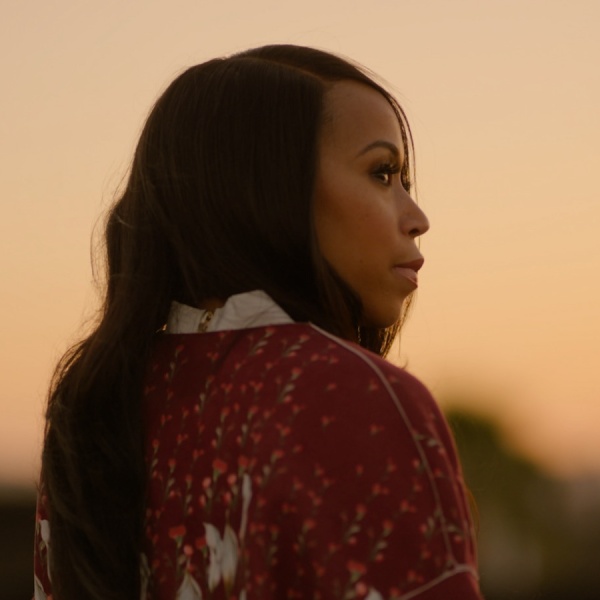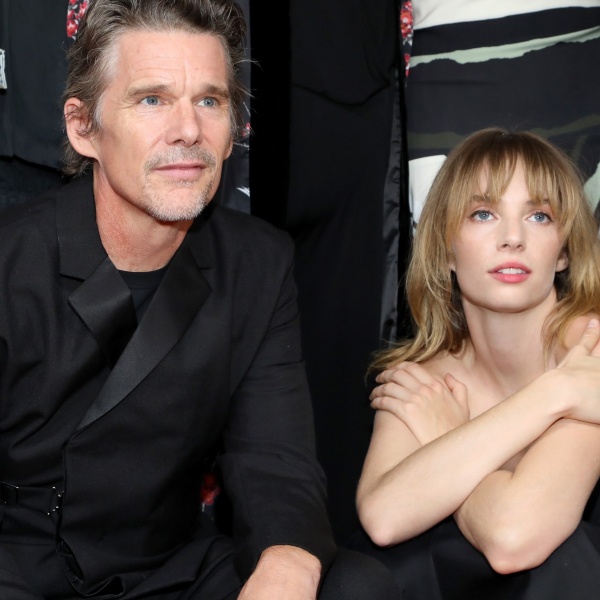Editors Nathan Orloff and Shane Reed were given a new kind of experimental freedom on “Saturday Night,” Jason Reitman’s behind-the-scenes re-enactment of how NBC’s revolutionary late-night sketch comedy show made its live debut on October 11, 1975.
By following anxious producer Lorne Michaels (Gabriel LaBelle) as he guides his cast and crew through rehearsals, the editing duo (who previously cut Reitman’s “Ghostbusters: Frozen Empire”) essentially make audiences into a fly on the wall during the make or break 90-minute lead up to showtime. Making it all the more interesting, of course, is that the soon-to-be-legendary, “Not Ready for Prime Time Players,” consists of Dan Aykroyd (Dylan O’Brien), John Belushi (Matt Wood), Chevy Chase (Cory Michael Smith), Jane Curtin (Kim Matula), Garrett Morris (Lamorne Morris), Laraine Newman (Emily Fairn), and Gilda Radner (Ella Hunt).
“It was really about the availability of bandwidth,” Reed told IndieWire. “Nathan was on set and I was cutting from L.A. So we would divide sequences up based on what was coming into the dailies. I would take a certain section of scenes, shot over two, three days, like pieces of the puzzle, but then create the whole scene. As I would build something like that and feed them back to Nathan, he’d be building something else. And then later on, you just divide it by giving each other their own look at that sequence. It was an honest, open-minded exploration, trying out anything that feels different and unique. And some of those things would break through and give the film new life.”
To accurately bring this chaotic TV history to life, production designer Jess Gonchor and the art department fully recreated the 8th and 9th floors of Rockefeller Center (especially Studio 8H) on soundstages in Atlanta. This helped immerse the actors in an exact replica of the environment, through doorways and up and down stairs, surrounded by lots of simultaneous mics and others built into the set. Meanwhile, in a choreographed ballet of activity, cinematographer Eric Steelberg shot a lot of hand-held, long takes in 16mm to capture the raw feel.

The five-minute oner introducing all of the characters and activity on the 8th floor perfectly sets up the cacophony of stories. “You come out of the elevator, there’s a cut, and you’re now on that floor,” said Reed. “And then that goes all the way until we find Lorne meeting Davy [Willem Dafoe] in the control room for the first time. This is the map where we’re going to spend a lot of the movie, understanding the relationships between everything. And even though characters are passing us by, we were trying to get a glimpse inside of who they are. What do they want? What’s their dream?”

But capturing that distinctive “SNL” street rhythm in the cut didn’t happen until they absorbed Jon Batiste’s Latin jazz score. Batiste, who plays Billy Preston in the film and performs “Nothing from Nothing” with his band, got permission from Reitman to record his score live on set.
“Jon’s score was, to me, the most unique experience with music I’ve ever had on a movie and probably ever will,” Orloff said. “I was on set in Atlanta for the week that Jon was there shooting his scenes as Billy Preston. After they wrapped, he’d go and get out of his wardrobe, come back with his band, and on the same stage that they performed ‘Nothing from Nothing,’ they’d set up.
“I had my laptop on one of the props that’s part of the set and would show him assemblies that we were working on,” continued Orloff. “And Jason would talk to him about what we’re thinking. ‘It’s got a build to this.’ ‘We’re thinking this tone.’ ‘It’s either funny or tension or both,’ and Jon would just be like, ‘OK, got it.’ And then they’d go up on the stage and would start something with a woodblock, and he’d hand it to one of his band mates and [create] this rhythm. And he would build these rises and falls and these different things, and they would be like 10-minute recordings.”
They did that for two nights and, on the second night, the cast got wind of it and around 25 of them stayed to watch the live recording session in their street clothes. “I had no idea how we were going to use this, but it was beautiful and wonderful,” Orloff said.

When they got back to L.A., the editors worked with music editor Chris Newlin, who took all the recordings and created loops out of sections. “Sometimes they’d be 10 seconds, sometimes they’d be 30, and he would list out all the different instruments,” said Orloff. “And then when we realized that we could use these loops like Tetris, building these rhythms into the scenes.”
Additionally, if they wanted to duck down for a dialogue beat, they’d grab a loop that was less active of the same score piece. What also made the score so useful editorially was that it often functioned as sound design, with a sigh, a yelp, or a clock breaking. It was like free-form jazz.
These wild musical loops helped heightened tension during conversations (the fights with NBC censor Joan Carbunkle, played by Catherine Curtin), when rehearsing a skit (“Home Invasion”), or when cross-cutting between the control room and the set when everything seems headed for disaster. “This is a room that feels alive and it sort of encompasses what New York City probably felt like in the ’70s,” added Reed.
But the editors had the ultimate brainstorm when they observed Batiste walking around the stage tapping a woodblock to get the right reverb. “That’s how we identified the clock, which, to me, is like our theme of the villain,” Orloff said. “It’s a giant cacophony and there’s so much energy between those blocks, even though it’s a minimal instrument. So using it on the clock just had this, almost holding your breath moment between each one.”
